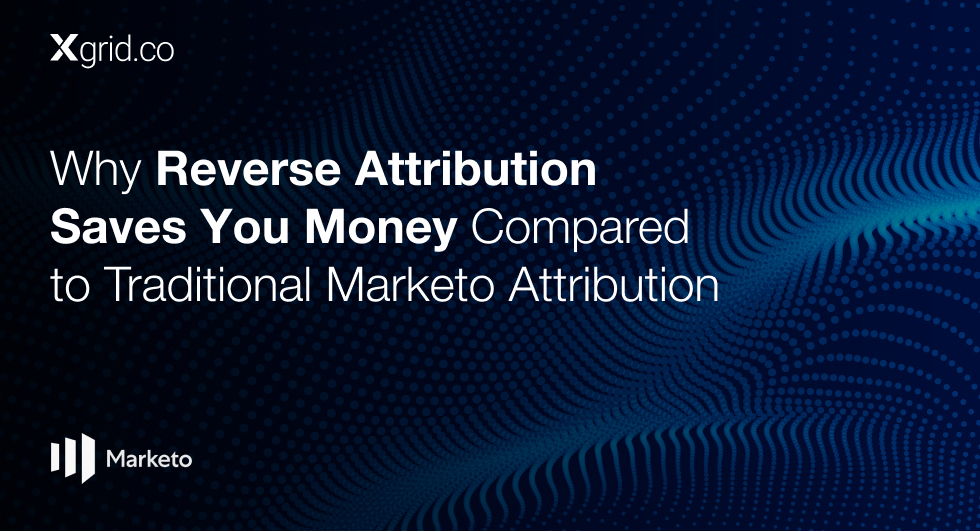How to Avoid the Top 5 Mistakes Companies Make During HubSpot Migration
A HubSpot migration can unlock cleaner data, better alignment, and more accurate reporting. But only if it’s done right. Too many businesses rush into HubSpot CRM migration and discover that what should have been a fresh start becomes a repeat of their old problems — only more expensive.
Whether you’re moving from spreadsheets, another CRM, or planning a Salesforce to HubSpot migration, avoiding common mistakes can mean the difference between a smooth transition and a system no one trusts.
Here are the top 5 mistakes to avoid when planning your HubSpot data migration.
Mistake 1: Migrating Without Cleaning Your Data
If bad data goes in, bad data comes out. One of the biggest mistakes in CRM migration to HubSpot is lifting and shifting everything — duplicates, incomplete records, and irrelevant fields.
Instead: Deduplicate contacts, enforce mandatory fields like email and lifecycle stage, and archive irrelevant records before importing. A clean start is the only way to prevent long-term clutter.
Mistake 2: Treating HubSpot Like a Copy-Paste of Your Old CRM
HubSpot isn’t just a container — it’s an opportunity to re-architect. Copying your old system “as is” wastes the move.
Instead: Redesign your HubSpot architecture. Standardize properties, simplify pipelines, and define lifecycle stages aligned to real buying journeys. Companies that trimmed bloated pipelines during migration reported faster deal velocity and better forecasting.
Mistake 3: Skipping Alignment Between Sales and Marketing
Migrating data alone doesn’t fix operational silos. If Sales, Marketing, and Service define stages differently, HubSpot will expose misalignment.
Instead: Document shared definitions (MQL, SQL, Opportunity), design handoff processes in HubSpot workflows, and create shared dashboards. A startup that did this saw a 32% lift in marketing-driven revenue within months because teams finally pursued the same goals.
Mistake 4: Ignoring Governance and Data Quality Rules
Without governance, HubSpot gets messy fast. Many companies forget to enforce rules during HubSpot CRM data migration and find themselves buried in duplicates again within months.
Instead: Put governance in place from day one. Use HubSpot’s duplicate management, enforce required fields at conversion, and schedule quarterly audits.
Mistake 5: Skipping a Post-Migration Audit
Many teams stop at “import complete” and assume the migration is done. That’s where reporting breaks.
Instead: Audit pipelines, test workflows, and validate dashboards. Confirm that MQL → SQL → Opportunity → Closed-Won stages are tracked properly. This ensures your HubSpot migration services investment translates into reliable revenue reporting.
Final Word
A HubSpot migration is more than a technical project — it’s an opportunity to re-engineer how your business captures, tracks, and grows revenue. By avoiding these mistakes, you protect your data, align your teams, and build a CRM that scales with you.
? Thinking about a move? Whether it’s a Salesforce to HubSpot migration, a full HubSpot CRM migration, or even a HubSpot website migration, preparation is the difference between chaos and clarity.





